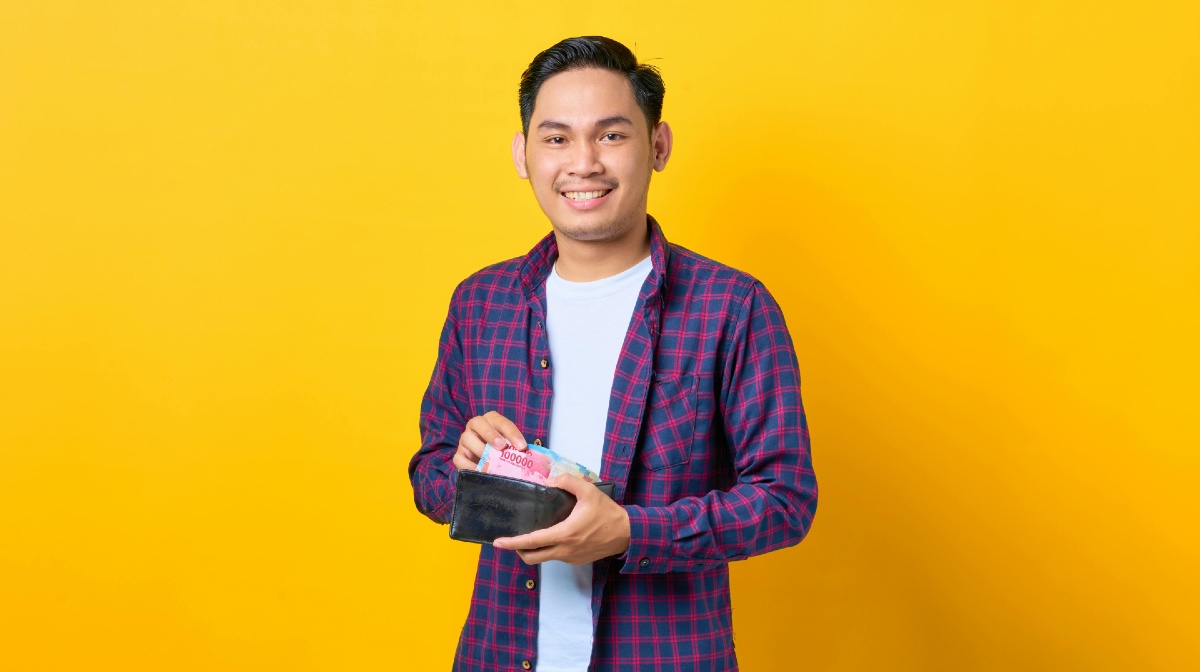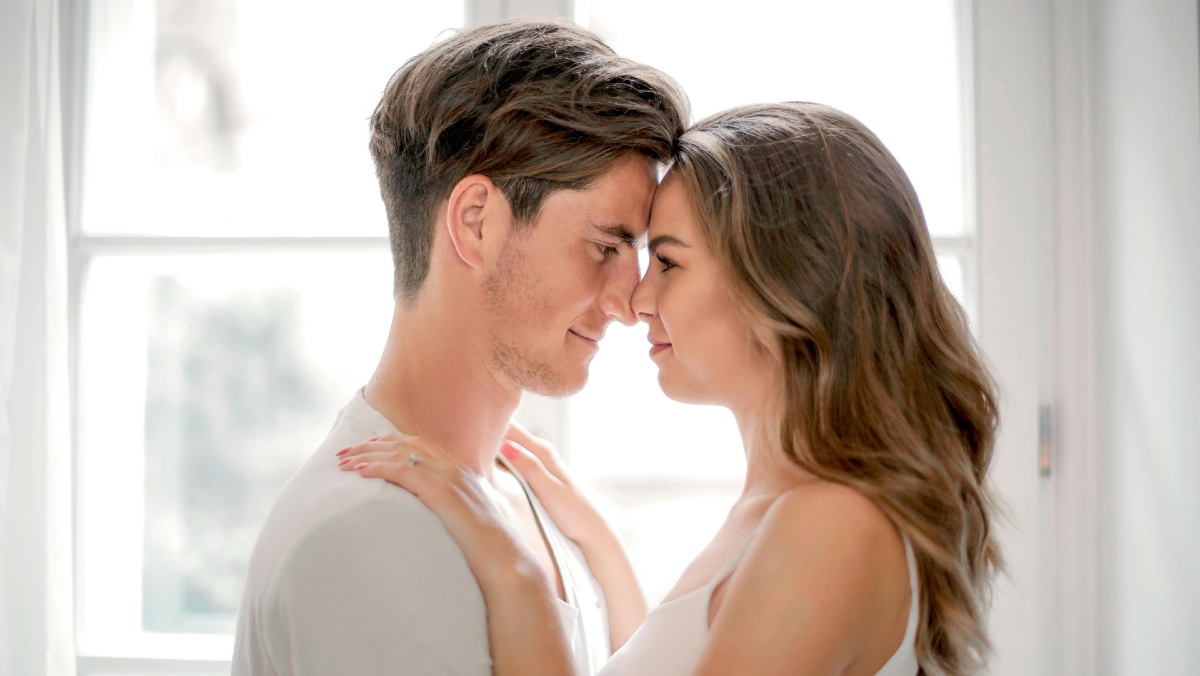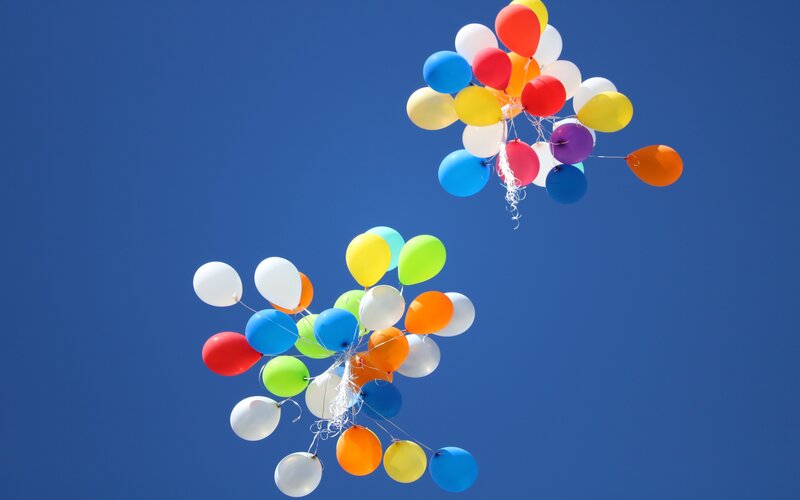It can be a hard slog to build your savings over time. It doesn't just come down to how much you're putting away each payday - although we all know the more, the better.
See also: 60 ways to save money
The interest rate you're earning also plays a major role. It's a no-brainer to look for a high-interest savings account with the fewest hurdles to achieving the best interest returns possible.
See also: The different types of savings account interest rates
This is much easier if you've supplied your bank with your tax file number (TFN). While this isn't mandatory, choosing not to provide your TFN will see you pay withholding tax on your interest earnings at the highest marginal tax rate.
If you're not sure what your setup is, it's worth reading on to learn what withholding tax is and what you can do to avoid paying more than you have to.
What is withholding tax on a savings account?
When you open a savings account, your bank will give you the option of providing your TFN. While it's not compulsory, supplying your TFN can save you money and hassle in the long run.
If you choose not to provide your TFN, your bank is required by law to automatically withhold a slice of the interest you earn annually and transfer it to the Australian Taxation Office (ATO).
This chunk of your interest earnings is calculated at the top marginal tax rate of 45% (plus a 2% Medicare levy) regardless of what your income level is. To retrieve any overpayment of withholding tax, you can claim a tax credit when you lodge your tax return at the end of each financial year.
However, this involves paperwork and also effectively stymies your savings account's maximum earning potential. That's because you're far better off having that money sitting in your savings account where you can keep earning interest on top of your interest (the magic of compounding returns).
Why is there withholding tax on savings accounts?
Interest earned on savings accounts (and term deposits) is counted as income and, as such, is subject to taxation.
Banks and other Authorised Deposit-taking Institutions (ADIs) must report to the ATO the interest they pay to their account holders. This information is then crosschecked with the amounts people report in their tax returns to ensure all income is being declared.
Providing your bank with your TFN means your bank does not have to withhold part of your interest earnings on behalf of the ATO. It also allows the tax office to better track how much interest you are earning from your savings. Come tax time, this will automatically be incorporated into your total income and be taxed at your appropriate marginal tax rate.
Is it best to supply my TFN when opening a savings account?
To best answer this question, let's consider a case study.
Say you earn $80,000 a year in employment income and $2,000 in savings interest. That income would put you in the 30% marginal tax bracket (plus another 2% Medicare levy). If you had supplied your financial institution with your TFN, you would pay $640 in tax on your earned interest at the end of the financial year, i.e. 32% of $2,000.
If you hadn't supplied your TFN, you'd have paid $940 in tax that will have been automatically withheld from you throughout the year. To claim the extra $300 that you're entitled to, you'd have to wait until the end of the financial year and submit your tax return.
Yes, you will get the money back, but it will take time and you won't have received the full interest-earning benefit from it while it's been in the ATO coffers.
The benefits of supplying a TFN with a savings account
The main benefit of supplying your TFN is that you'll only pay tax on your interest earnings at the end of every financial year instead of at each interest payment. Here are some advantages:
Paying the tax rate you should
It can be a hit paying the default highest marginal tax rate on your interest earnings if you're not in that income bracket. Although you're entitled to claim back the extra tax you've paid, you'll have to wait until tax time each year, complete your tax return, and wait for it to show up in your account.
Compounding interest
As we've touched on, it's better having all your interest earnings remain in your account as long as you can keep them there. Savings accounts earn compound interest - that means you earn interest on your interest. The higher the balance you can leave sitting in your account for as long as possible, the more you can earn.
Cash flow
By the same token, keeping your interest payments in your control throughout the year means you can use the money as you wish rather than the ATO holding it until you can claim it back once a year.
Tax can be squared up
Although you have to pay tax on any interest earned, you may be able to claw some of this back through your allowable tax deductions. A tax professional is the best to advise you on what you can and can't claim.
See also: Income Tax Calculator
Who has to pay withholding tax on savings accounts?
Withholding tax on savings accounts automatically applies to anyone who hasn't supplied their TFN to their financial institution.
Financial institutions will also withhold 47% tax on interest earned on accounts held by foreign residents. But if a foreign resident supplies their overseas address, that tax rate falls to 10%.
You do not need to pay withholding tax if:
-
You are under 16 years of age, and the account earns less than $420 in interest each year
-
You are over 16 years of age, and the account earns less than $120 in interest each year
There are a few other ATO regulations surrounding interest earned on children's savings accounts (see below).
See also: Should you open a savings account for a new baby?
How can I check whether a TFN is attached to my savings account?
If you've got a long-standing savings account, you may not remember whether you supplied your tax file number when you opened it.
It's relatively easy to find this out by contacting your financial institution or going online and checking whether your TFN is attached to your profile and/or each individual account you have with the institution.
Many financial institutions provide step-by-step details on how to add a TFN to existing accounts on their websites.
If you are opening a new savings account, you will generally be asked whether you wish to supply a tax file number. Be sure to have your TFN on hand so you can do this when the account is established.
If you're in the market for a new savings account or one with higher interest or fewer conditions to achieve a good return, the table below features some of the highest interest savings accounts on the market.

Withholding tax on savings accounts FAQs
What about interest earned on joint accounts?
In terms of joint accounts, the ATO assumes that all account holders are equal owners and requires them to pay tax accordingly. For example, if you have a joint account with your partner, the interest earned will be split equally between you and your partner. When filing your tax returns, each of you must declare your 50% share of interest earned which will then be added to your respective taxable incomes.
In cases where the joint account is not shared equally, the ATO will require documentation to prove this. This will require the joint account holders to show the source of the money, the proportion of contributions from each account holder, who most accesses the funds in the account, and how the interest earned is apportioned.
How do I report the interest earned?
If you lodge your tax return online via myGov, there will be a section on income earned through bank accounts and investments. In most cases, this information will generally be pre-filled for you as banks and other financial institutions are required to report to the ATO details of the interest they pay out to their account holders.
If the box is not pre-filled, you can find how much interest you have earned for the financial year on an annual bank statement and then enter the amount yourself. Make sure this figure is accurate as the ATO will be matching it with your interest income reported by your bank. If any inconsistencies are found, your tax return may be adjusted and fines could apply.
What about interest earned on children's savings accounts?
If you have opened a savings account for your child, but you're accessing the money in the account for your own day-to-day purchases, then you must declare any interest the account earned in your own tax return.
However, if the funds deposited into the account are the child's own money - say, birthday or Christmas presents, pocket money, or money earned from a part-time job - the interest earned is classified as the child's income.
If the child has no other source of income other than the interest earned, and it comes to less than $420 for the financial year, the child is not required to file an income tax return.
If the child is under 16 and the interest earned exceeds $420, they will need to lodge a tax return. There is no minimum age on obtaining a tax file number. Even newborns can apply for one.
Savings.com.au's two cents
It's generally recommended you supply your tax file number to your financial institution when you open a savings account. This includes adding it to any existing accounts you already have.
This relatively simple move means you can avoid paying withholding tax each time interest is paid, particularly as the tax is levied at Australia's highest marginal tax rate regardless of how high your income is.
Supplying your TFN effectively keeps the interest you are paid in your account for longer, allowing you to take advantage of compounding interest at higher balances than if the ATO is taking its chop from every interest payment you receive.
While you can reclaim any extra tax paid via your tax return each year, that money is generally far better off in your pocket.
First published on July 2023
Image by Sewupati Studio via Pexels








 Denise Raward
Denise Raward














